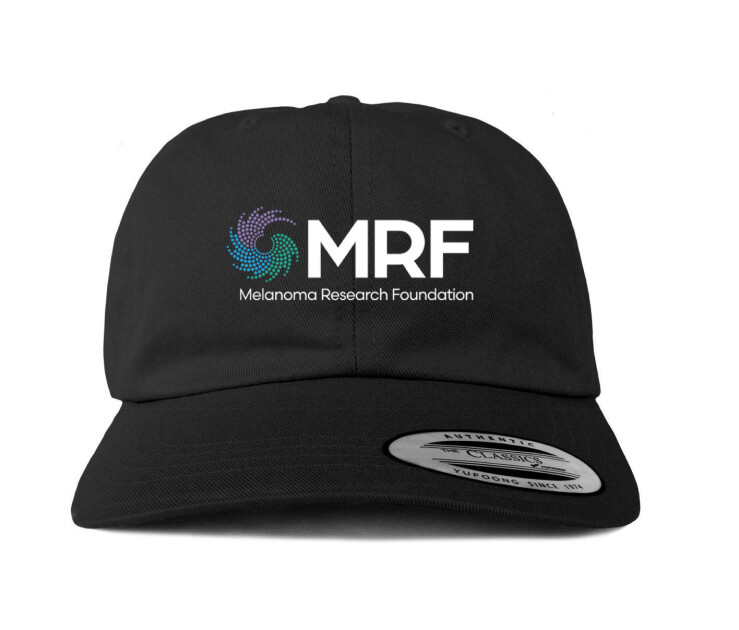Mapping the Death and Growth of Tumor Cells in Melanoma

Kenneth Hu, PhD
Xi Chen, PhD and James P Allison, PhD, MD
Career Development Award
The University of Texas MD Anderson Cancer Center
In memory of Aaron Landenberger
Kenneth Hu‘s Abstract
Immunotherapies including immune checkpoint blockade (ICB) have seen remarkable success in the clinic. Unfortunately, many patients with late-stage melanoma still exhibit only a partial response to therapy, where tumor lesions shrink temporarily but then continue to progress. If we could convert these partial responders to complete responders, we could make significant impacts on patient survival rates long-term. What causes these patients to differ from complete responders? If we think of the race between the growth and death of tumor cells, immunotherapy’s goal is to increase the death rate to overtake growth. In these partial responder patients, clearly the growth rate manages to catch up to and surpass the death rate and the race is eventually lost. We hypothesize that tumors can be divided into different types of regions that exhibit different levels of tumor cell death following ICB treatment. Some regions are “reactive” (RE) which exhibit enhanced levels of tumor cell death and others are “non-reactive” (NRE) which exhibit decreased levels of tumor cell death. The balance and interplay between these types of regions ultimately determines the outcome of therapy. How are these regions arranged in melanomas during ICB treatment? What causes these regions to develop? And if we look for these regions in patient samples, can we more accurately predict their treatment outcome. Our proposal will directly address these questions using advanced microscopy and spatial technologies. We will use mouse models of melanoma engineered to light up fluorescently when undergoing processes such as death, growth and quiescence. By imaging large pieces of these tumors, we will be able to precisely count the number of cells undergoing those processes and map their distribution in the spatial coordinates of the tumor. Once we have maps of the spatial distributions of tumor cell death, we will apply novel technologies to zoom in on the RE and NRE regions and ask, what types of cells are located there and how are they interacting? What kind of cell neighborhood leads to better or worse tumor cell elimination?
We will then look at samples taken from patient tumors who underwent ICB therapy to examine if similar regions and features from our previous aims are found in these tissues. This will allow us to predict which region type (RE vs NRE) is more dominant as treatment progresses and thus the ultimate outcome of treatment on a per-patient basis. In other words, we can monitor the race between tumor death and growth in patients undergoing ICB and check our predictions against the known clinical outcome. We envision our work will reveal additional vulnerabilities to target in melanoma in combination with ICB to increase survival in patients. Additionally, the prognostic model we generate will provide an invaluable tool in the clinic for monitoring and predicting the outcome of ICB in patients, allowing for more precise and personalized cancer care.



